




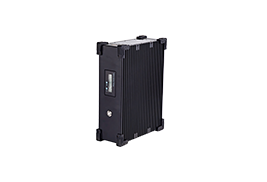
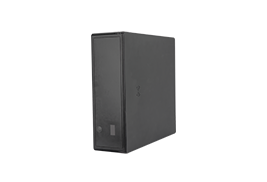
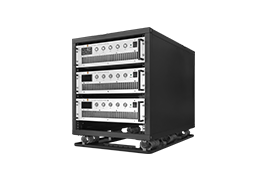
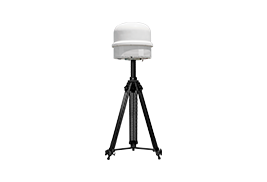

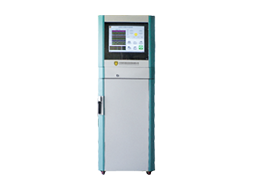


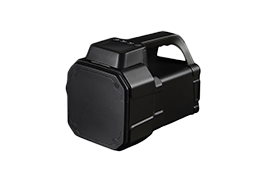
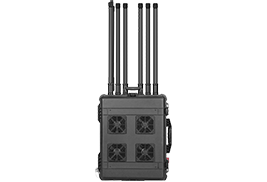
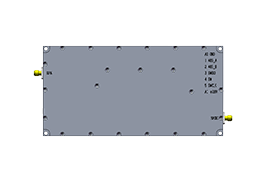
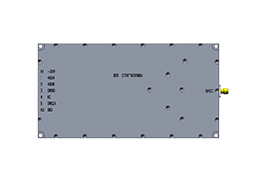
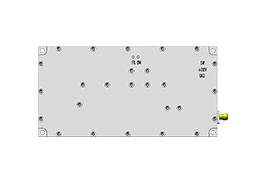
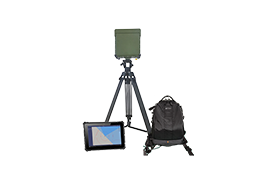
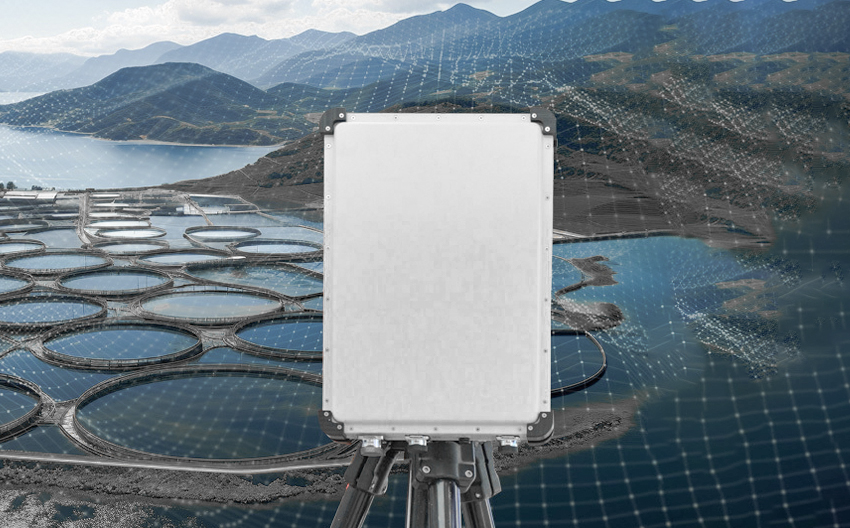
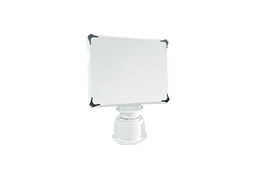
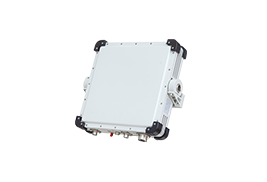



 X
X







 GLOBAL / ENGLISH
GLOBAL / ENGLISH

In today’s era of rapidly advancing drone technology, photonic detection technology stands out as a pivotal component in countering unmanned aerial vehicle (UAV) threats. Primarily relying on visible light, infrared, and laser sources, this technology captures the optical features of drones through highly sensitive sensors, enabling their identification and localization. Integrating cutting-edge technologies such as image processing, pattern recognition, and artificial intelligence, photonic detection effectively tackles UAV threats in various complex environments.
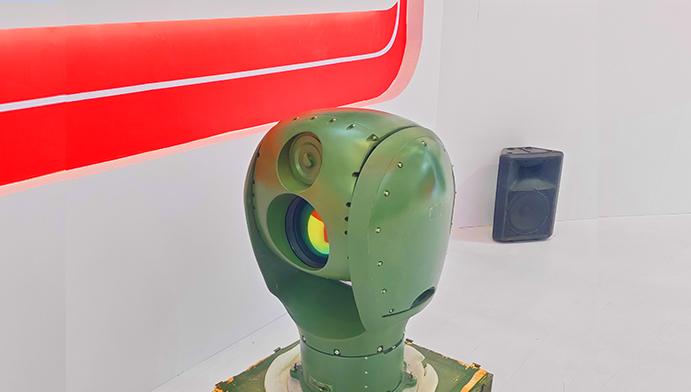
Visible Light Detection: Utilizing high-resolution cameras to capture the shape, color, and motion trajectory of drones, this method identifies targets through image analysis algorithms.
Infrared Detection: Drones generate heat during operation, which infrared detectors can pick up, allowing efficient detection even under nighttime or low-light conditions.
Light Detection and Ranging (LiDAR): By emitting laser pulses and receiving reflected signals, LiDAR constructs a 3D profile of the drone, providing precise location and velocity information.
High-Precision Identification: Photonic detection technology delivers clear images and detailed data, supporting accurate identification of drones, including model, size, and specific markings.
All-Weather Applicability: Combining infrared and visible light detection, photonic technology maintains stable detection performance day and night, in all weather conditions.
Non-Contact Detection: Information is acquired without direct contact with the target, avoiding potential disruptions or damages associated with physical detection methods.
Critical Infrastructure Protection: At airports, nuclear power plants, and governmental facilities, photonic detection technology enables real-time monitoring to prevent unauthorized drone incursions.
Large Event Security: During sports events, concerts, and other crowded gatherings, photonic detection ensures airspace safety and deters potential threats.
Border Surveillance: In border regions, this technology assists border forces in monitoring cross-border drone activities, safeguarding national security.
Despite its immense potential in counter-UAV applications, photonic detection technology faces challenges such as target identification in complex backgrounds and detection efficiency in harsh weather conditions. With the integration of artificial intelligence and deep learning, the smart analytical capabilities and environmental adaptability of photonic detection systems are poised to improve, promising more precise and rapid drone detection and response. This advancement will contribute significantly to the establishment of a secure and orderly airspace environment.
As an indispensable part of counter-UAV systems, photonic detection technology, with its unique advantages and vast application prospects, is ushering in a new era of airspace security protection. As technology progresses, we can anticipate a future sky that is safer and smarter, driven by continuous innovation in photonic detection capabilities.












